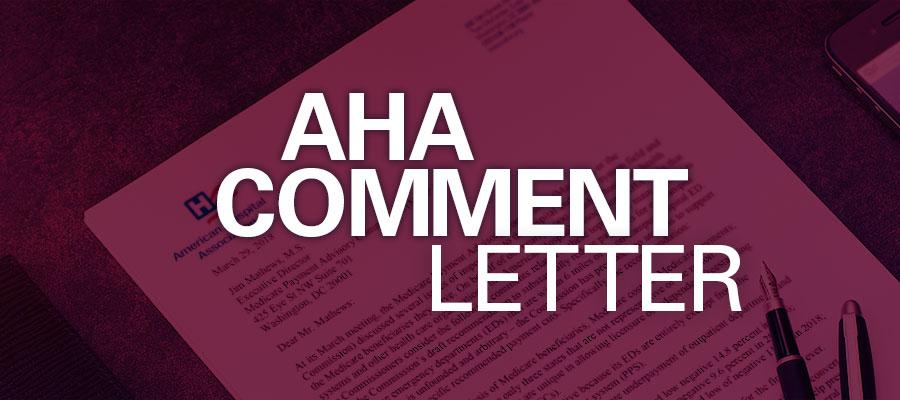AHA urges MedPAC to release hospital-level impact of potential IME changes

AHA yesterday urged the Medicare Payment Advisory Commission to release a “more granular assessment of the hospital-level impacts” of its potential changes to the Indirect Medical Education program. At its September meeting, MedPAC commissioners discussed possible changes to the IME program, including shifting some IME funds to the outpatient setting; eliminating capital IME payments; and shifting some funds to a performance-based payment program. “While total aggregate IME funds would remain the same, MedPAC acknowledged that there would be ‘substantial distribution of IME payments’ and that many teaching hospitals would see ‘material changes’ in their IME payments,” AHA wrote. “This redistribution would also have significant impacts on hospitals’ total Medicare margins.” According to MedPAC’s March report to Congress, major teaching hospitals had an overall Medicare margin of negative 9.0% in 2017, the letter notes. “Exacerbating Medicare underpayments even further is untenable and would limit hospitals’ ability to provide state-of-the-art clinical care and train the next generation of practitioners,” AHA said.

